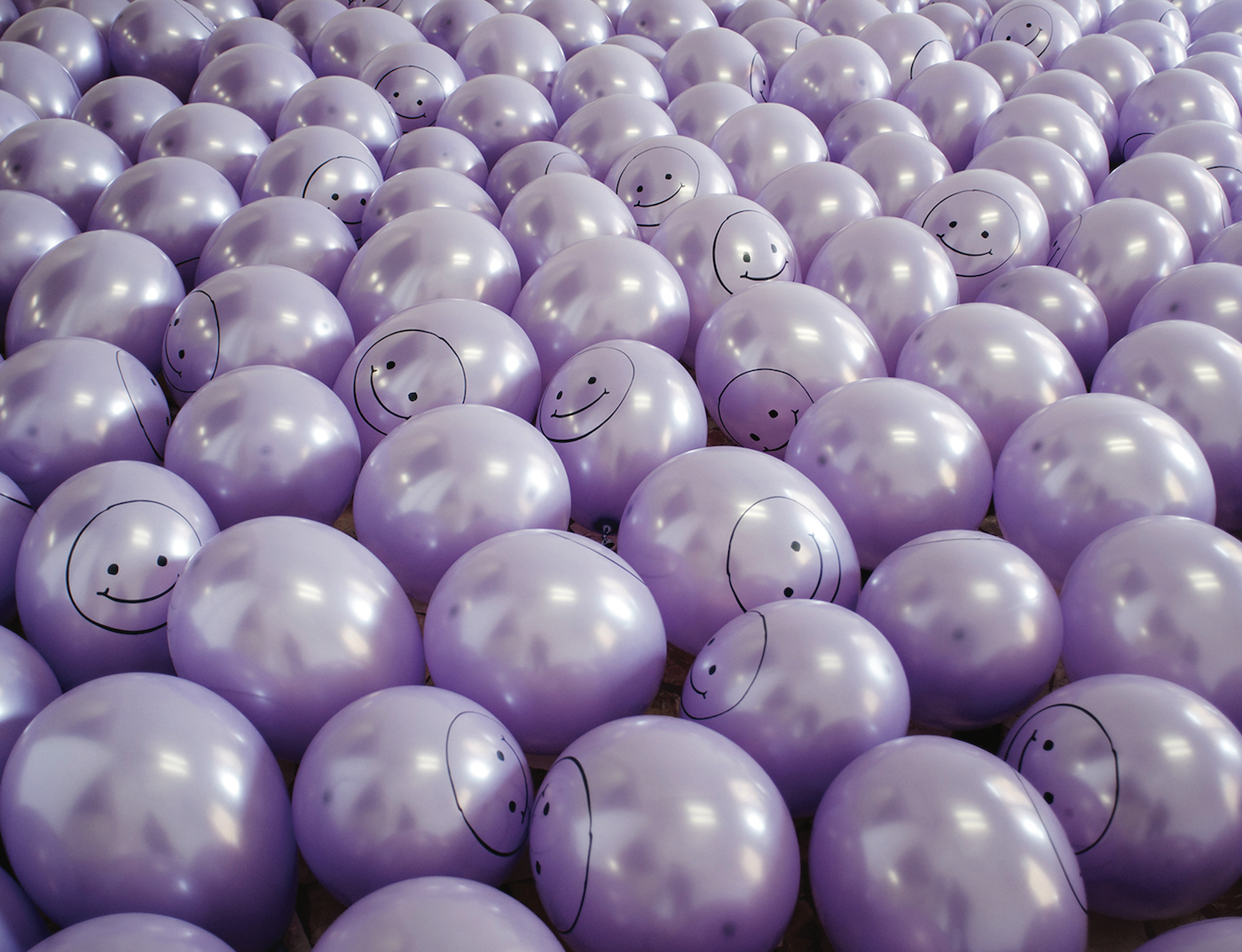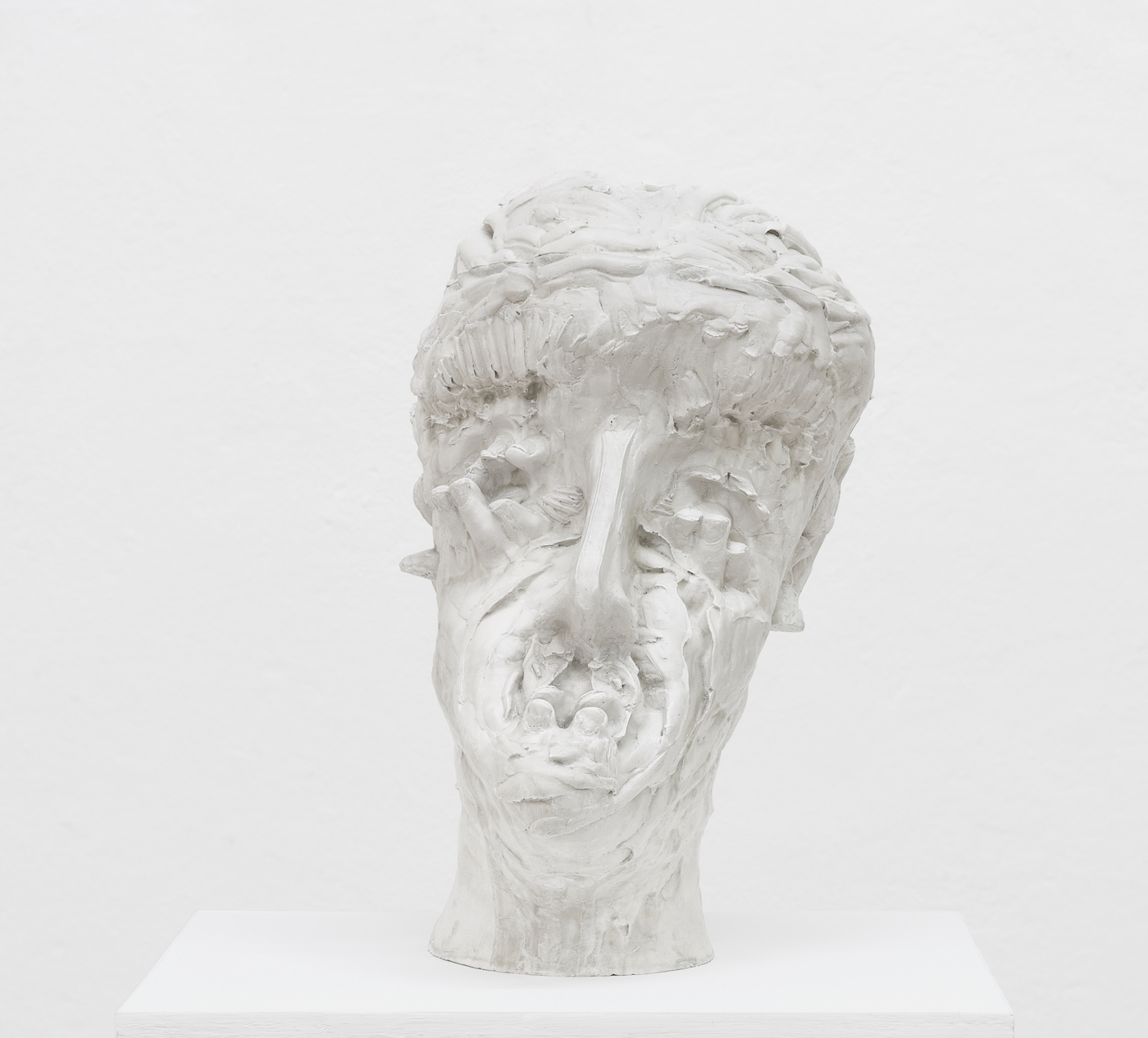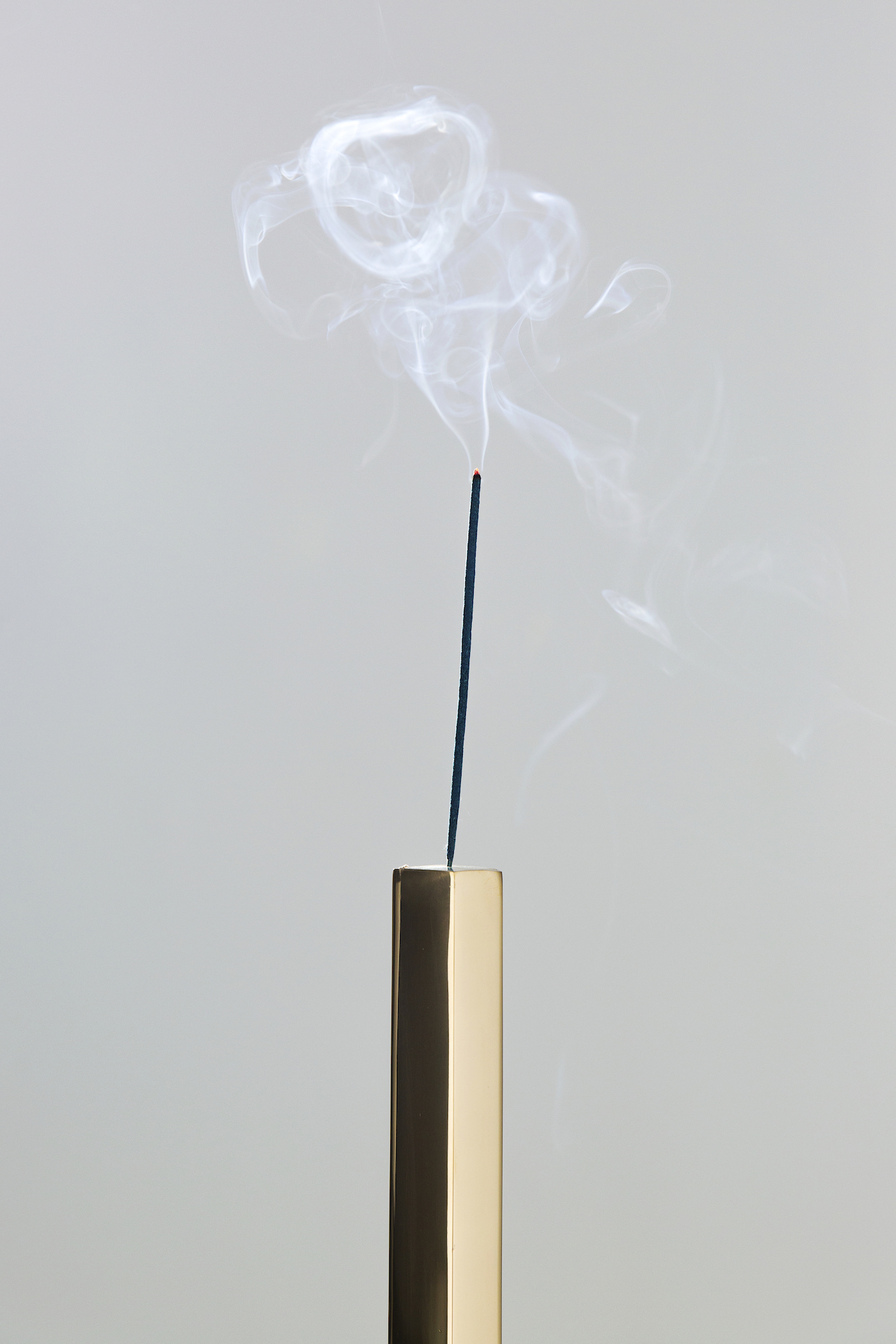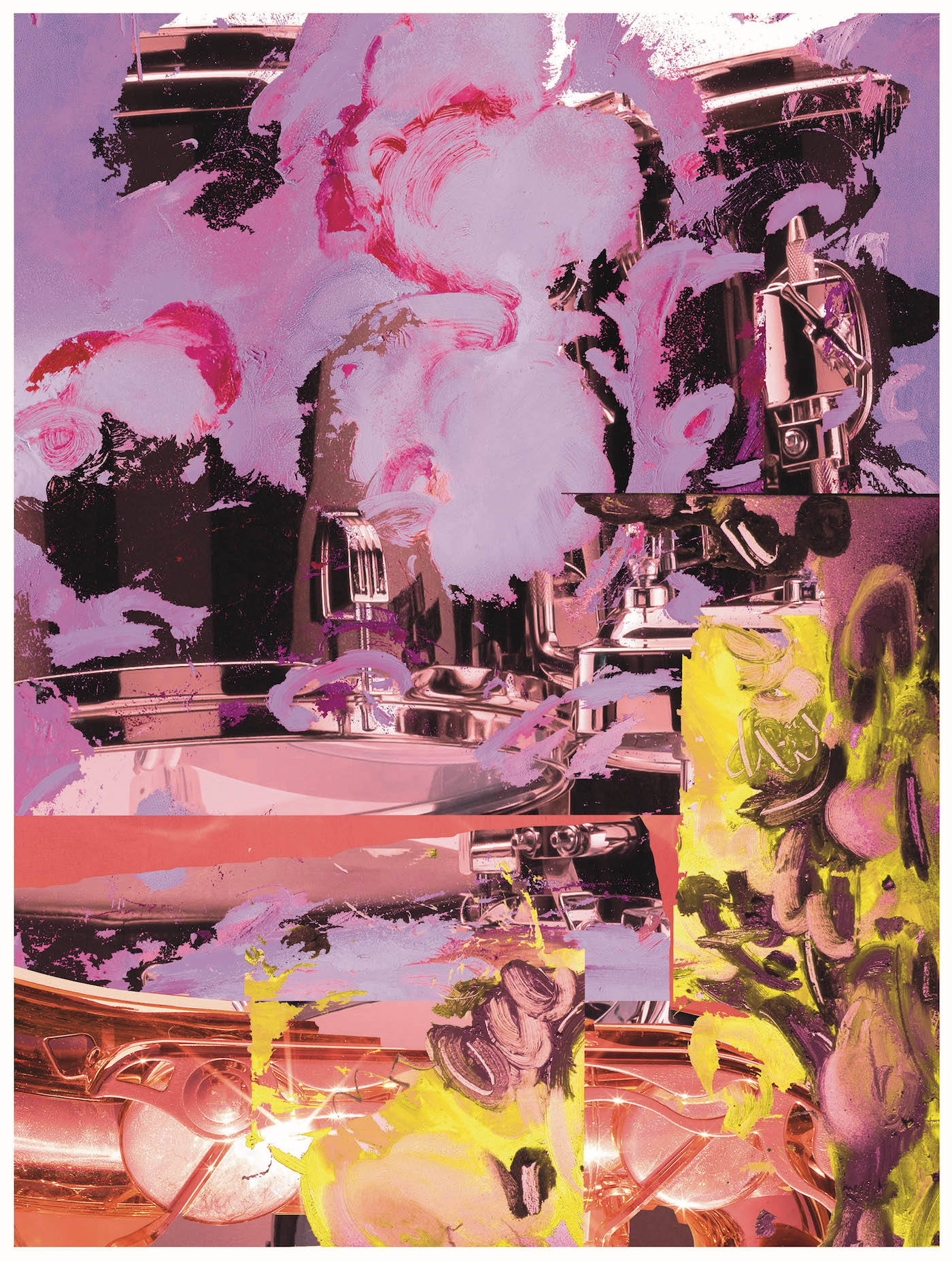
Courtesy Placentia Arte and the artist, photo: Marco Fava
“Turin is a city which entices a writer towards vigour, linearity, style,” wrote Italo Calvino, of his adopted city. “It encourages logic, and through logic it opens the way towards madness.” I’d have to spend considerably more time in Turin to see if it could inspire such grandeur, but a few days wandering up and down the linear structures of Artissima art fair certainly compels you towards both style (particularly the impeccable glamour of forty-something Torinese women) and through its apparent logic (aka curation) towards certain madness.

Courtesy The artist and Clima, photo: Marco Davolio
Like all art fairs, the week begins with small talk: conversations at booths on day one mostly returned to the topic of the abominable heat. The elephant in the room was upper lip sweat, wiped surreptitiously with a finger, exacerbated by the dermatological-clinic grade lighting, trickling pools gathering under a mix of viscose, silk and tweed. No one was sure how a hall so big (Artissima is held at the Oval, built for the Winter Olympics 2006) could get so warm. Gallerists were stripping off, PRs removing their undergarments and Elephant staff dashing to the bathroom to daub their armpits with loo roll.

Courtesy the artist and Sprovieri
As the bicycle cart delivered chilled bottles of fizz to perspiring exhibitors, conversations swayed towards another elephant in the room: white truffles. The consensus seems to be that the seasonal local truffle—the tartufo biancho, Piedmont’s pride, available only briefly in October and early November—are in fact tasteless, and the more robust black truffle, that can be preserved and enjoyed year round, is the better option. Just don’t mention truffle oil to an Italian.
There is no Uber in Turin—Italy banned it nationwide earlier this year, because of unfair competition to traditional taxis. As hundreds of visitors poured out from the fair at closing time, talk in line for a car home turned to Turin’s apparently infamous lack of taxis. “They’re always complaining they have no work, and now they don’t show up!” said one local, gesticulating with impatient hands. My taxi driver seemed more interested in discussing the upcoming World Tour finals at Wimbledon, and Freddie Mercury.

Courtesy Vitrine
Artissima, one of the most experimental and the least commercial-feeling of Europe’s leading contemporary art fairs, is a place where the unusual and the unexpected thrive. Back at the fair, as Calvino warned—or promised—the Turin logic moves you towards insanity. At Copperfield’s booth, Israeli artist Ella Littwitz (who was also present on opening night) exhibited finely embroidered fabrics based on traditional Palestinian techniques that lead to muddling conversations on middle-eastern politics; at Vitrine, prompted by artist Edwin Burdis’s imagined opera (including paintings with their own musical soundtracks) the topic was the Llanwwenarth Breast—not the buxom bosom of a Welsh barmaid, but the lower slopes of Sugarloaf Mountain, where Burdis made a lot of his recent work. “It’s a lot like Switzerland, but with more sheep,” I told the Swiss gallery assistant, to explain the country. House of Egorn’s presentation of Catherine Parsonage prompted chat about hyper-sexualized androids and the masculinity of Italian artisan culture—something the British artist is reinventing with her work. My favourite foaming sculpture, David Medalla’s Cloud Canyons, spotted last year and back again in 2017, seemed to suggest that the sensory is the only thing that makes sense. Maybe I’d been staring at it for too long.
Inevitably, conversations at the fair also addressed the current subject of sexual harassment in the art world—no longer the elephant in the room, but not any easier to talk about. Abuse of Power Comes As No Surprise.





